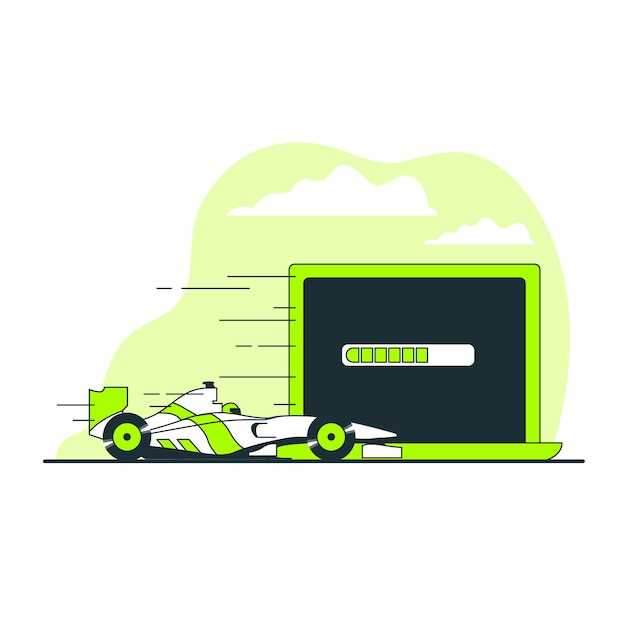
When it comes to purchasing a classic Porsche, one of the most critical aspects to consider is the vehicle’s authenticity. Ensuring that the car possesses matching numbers can significantly impact its value and desirability among collectors. Matching numbers refer to the alignment of key components, including the engine, transmission, and body, with the Vehicle Identification Number (VIN). This guide will walk you through the essential steps to effectively check and confirm the matching numbers of your Porsche.
The first step in this verification process is to locate the VIN on your Porsche. This unique identifier is typically found in several locations, including the dashboard and the door jamb. Once you have identified the VIN, cross-reference it with the numbers stamped on the engine and transmission. This will help establish whether the major components are original and have not been replaced or modified over the years.
Additionally, it is advisable to consult official documentation and resources that can provide insight into the production specifics of your model. Various websites and databases can help you determine the original specifications associated with your VIN, ensuring you have all the necessary information at hand. By meticulously checking each number, you can gain confidence in the authenticity of your Porsche and make a well-informed purchasing decision.
Understanding Porsche VIN and its Significance in Verification

The Vehicle Identification Number (VIN) is a crucial element in determining the authenticity of a Porsche. This unique 17-character code is assigned to every vehicle, providing vital information about its make, model, year, and production details. For Porsche enthusiasts and collectors, the VIN serves as a cornerstone for verifying the originality of a car.
Each section of the VIN has specific significance. The first three characters represent the World Manufacturer Identifier (WMI), indicating the manufacturer and country of origin. The following six characters denote the vehicle descriptor section, which includes the model, body style, and engine type. The next digit is the check digit, designed to help determine the validity of the VIN. Lastly, the final eight characters are the vehicle identifier section, providing details specific to that particular vehicle.
When verifying a matching numbers Porsche, it is essential to cross-check the VIN with official documentation such as the title, registration, and original production records. This process ensures that the vehicle’s authenticity is upheld. Additionally, consulting with Porsche specialists or authorized dealers can provide further insights into the car’s history and facilitate a proper check against potential discrepancies.
In conclusion, understanding the significance of the VIN is vital for anyone involved in the verification of a Porsche’s authenticity. A thorough VIN check not only confirms the vehicle’s identity but also protects against potential fraud in the classic and luxury car market.
Steps to Perform a Comprehensive VIN Check for Authenticity

Verifying a vehicle’s VIN (Vehicle Identification Number) is crucial for ensuring its authenticity. Follow these steps to perform a comprehensive VIN check:
1. Locate the VIN: Start by finding the VIN on the vehicle. It is typically located on the dashboard near the windshield, on the driver’s side door jamb, or in the vehicle’s documentation. Ensure that the VIN you find matches the one on the title and registration documents.
2. Decode the VIN: Use an online VIN decoder to break down the components of the VIN. This will help you understand details like the manufacturer, model, year of production, and engine type. Cross-check this information with the car’s specifications to confirm consistency.
3. Check for discrepancies: Look for any inconsistencies between the VIN you’ve decoded and the information provided by the seller. Any differences in the model year, engine type, or manufacturer could indicate tampering or fraud.
4. Run a vehicle history report: Utilize services such as Carfax or AutoCheck, which can provide a detailed history of the vehicle based on its VIN. This report can reveal any accidents, title issues, or odometer discrepancies that could affect authenticity.
5. Verify through official sources: Contact the manufacturer or authorized dealerships to confirm the VIN against their records. They can provide detailed information regarding the vehicle’s production and any recalls or service notices.
6. Check for recalls: Investigate whether the vehicle has any outstanding recalls associated with its VIN. This is an important step to ensure that the vehicle is safe and complies with industry standards.
7. Inspect the vehicle physically: Examine the areas where the VIN should be located. Look for signs of tampering such as scratched numbers or mismatched labels. A thorough physical inspection can reveal potential issues that digital checks might miss.
8. Consult with experts: If you have doubts about the authenticity of the vehicle, consider hiring a professional appraiser or forensic expert specializing in automotive authenticity. Their expertise can provide peace of mind and ensure a thorough analysis.
By carefully following these steps, you can effectively verify the VIN and ascertain the authenticity of a Porsche, ensuring a wise investment and a genuine experience.
Common Signs of Alteration and How to Spot Them
When verifying a matching numbers Porsche, it’s crucial to identify any signs of alteration that may compromise the vehicle’s authenticity. Here are key indicators to check:
1. VIN Plate Condition: Examine the Vehicle Identification Number (VIN) plate for signs of tampering. Altered or poorly affixed VIN plates may indicate that the vehicle’s identification has been changed or that components have been swapped. Look for uneven surfaces, scratches, or mismatched screws.
2. Inconsistent Numbers: Cross-check the VIN with the numbers found on various parts of the car, including the engine block and transmission. If these numbers do not match the VIN or appear incorrect, it could suggest that parts have been replaced or the original VIN has been altered.
3. Evidence of Repainting: Pay attention to the paint quality and finish. An uneven paint job or discrepancies in color consistency may indicate that the vehicle has been repainted, potentially to conceal alterations. Use a paint gauge to measure thickness and compare areas of the vehicle.
4. Documentation and Service History: Review the vehicle’s paperwork carefully. Missing or incomplete service records could signal that crucial repairs or alterations were made without documentation. Authentic vehicles should have a well-documented service history that correlates with the provided VIN.
5. Physical Inspection: Conduct a thorough inspection of the chassis and body for signs of welds or repairs. Unexplained welds or signs of rust can indicate structural damage or alterations made after an accident, which might compromise the originality of the vehicle.
6. Expert Appraisal: If you’re unsure, seek out a professional appraiser with experience in verifying classic Porsches. They can provide insight and pinpoint subtle alterations that might not be immediately obvious to the untrained eye.
By being vigilant and knowing what to check, you can successfully identify common signs of alteration in a Porsche, ensuring that your investment is genuine and valuable.
 Skip to content
Skip to content




